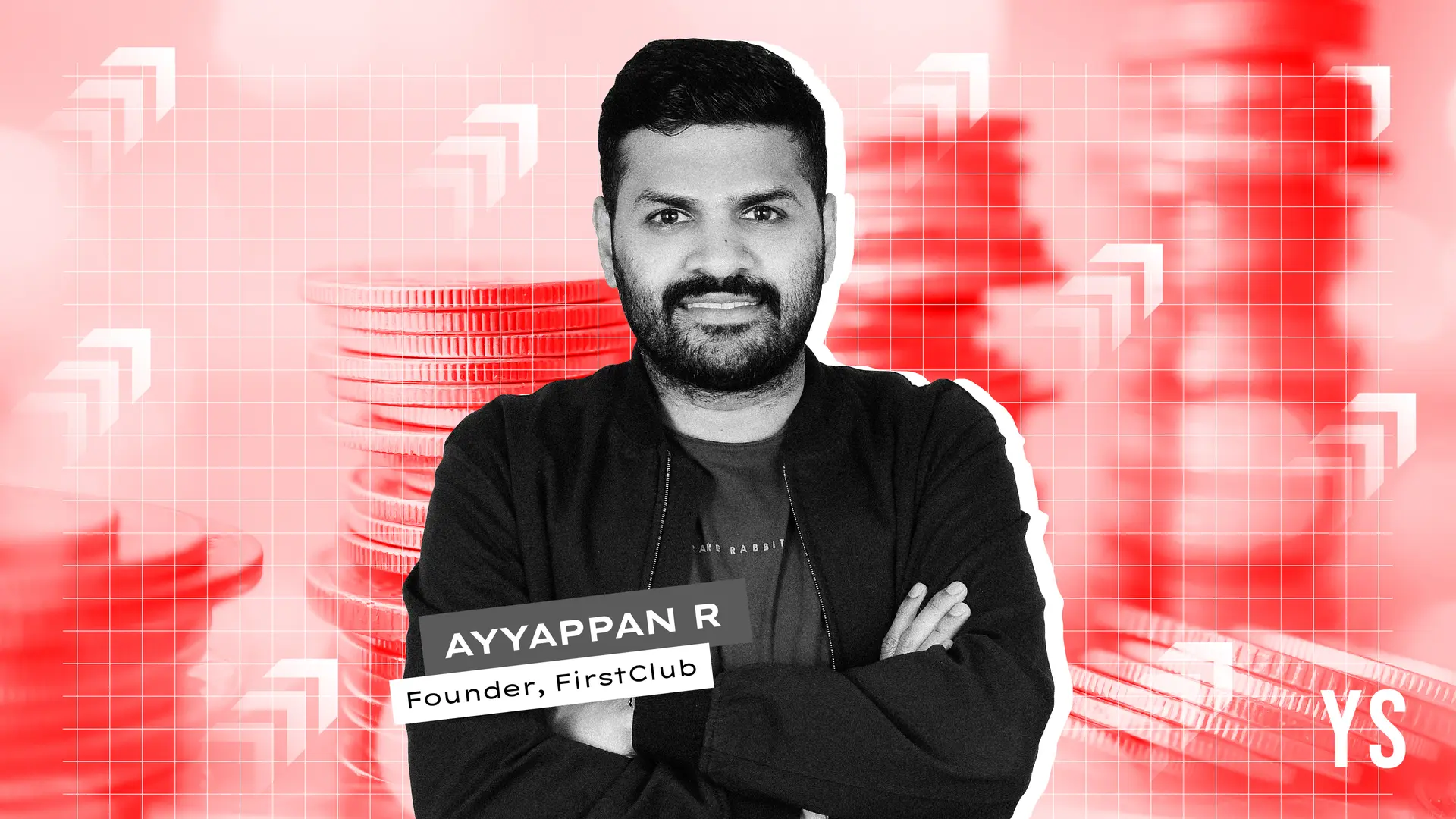Product development v/s marketing conundrum - If you build it, will they come?
Sanchit Khera

Friday August 18, 2017 , 3 min Read
There are plenty of varying ideologues in the business world when it comes to deciding on the business spending on product development and marketing. But the answer usually sways according to the industry and the market presence the brand holds.
Take for example, if you’re in high-tech, you can learn from Xiomi’s launch in India and work with the product-price dynamic by giving dealers a better product and a better deal. With almost zero marketing involved. In the startup world, we have examples of Purplle, which recently crossed the 300-crores gross sales threshold. Purplle’s secret has been their solid tech-engine, which provides a personalized experience to over 40% of its consumers. They have a funneled approach to customer acquisition and deliver value to repeat customers in-terms of a better shopping experience. Trust when fueled with the product creates a brand, which is what Purplle has developed over the years.

Alternatively, lesser-known startups such as Yose Drinks – who recently sold over 30,000 organic beverages in Mumbai this year, depend on extensive marketing plans to expand quickly into the larger metro-city market. According to the CEO of Yose, Brinda Dhruv, the biggest challenge in this space has been customer education and mindset, thus marketing becomes a key part. “You have to invest a lot in marketing and communicating the brand value to consumers. Setting up distribution and scaling is another challenge.” said Brinda.
Edtech startup Byju’s had a similar journey where they have an excellent learning algorithm for their student-learning platform, but for true scale and deliverability they’ve had to raise funds from Facebook, and now Tencent to invest in marketing and advertising. With the focus on scale and driving results through marketing capabilities, CEO Byju Raveendran mentioned that, “After the recent round of funding from the Chan Zuckerberg Initiative and other prominent investors, our focus is to create similar products for international markets. We want to capitalise on our core strengths that we have developed in the past four years. So far, we have reached out to less than 1% of the total student population in India. Going forward, there will be a stronger focus to further accelerate our reach and create awareness in the deeper parts of the country.” That acceleration will involve a lot more focus on advertising, messaging and strategic communications in these key demographics.
Even giants like Nike realized that focusing on trends, fashion and creating hype is a lot more important than minor product development.
This question even enters the field of tech valuation, where valuating a company is dependent on its core retention rate and life-time value of a company. NYU Stern professor Aswath Damodaran believes that there needs to be cheaper customer acquisition channels in the industry, however he puts more emphasis on marketing rather than product. In this example, he mentions Amazon Prime’s lower subscription numbers than that of Netflix. However the aggressive-push mechanism of Amazon Prime’s shopping experience, discounts and deals makes it more valuable than that of Netflix – which has grown organically through the years.






